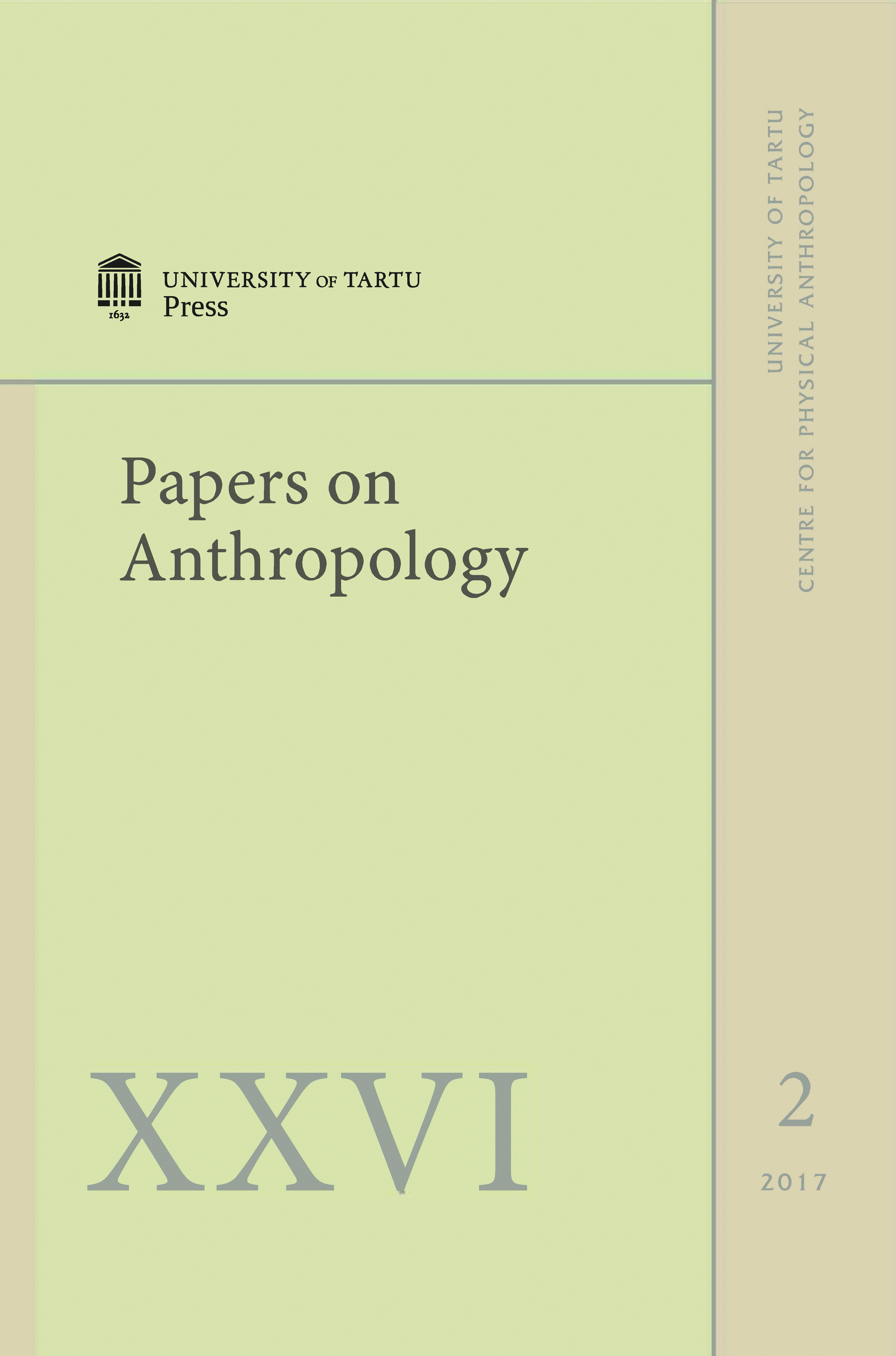Human mummification practices among the Ibaloy of Kabayan, North Luzon, the Philippines
DOI:
https://doi.org/10.12697/poa.2017.26.2.03Keywords:
bioarchaeology, mummies, mummification, Ibaloy, KabayanAbstract
The province of Benguet, situated in North Luzon, the Philippines, holds a large number of ancient mummified remains, mostly located within the municipality of Kabayan. Such bodies are mainly associated to the Ibaloy – one of the indigenous groups collectively known as Igorot – and are stored in natural rockshelters or caves carved into the stone, inside wooden coffins often obtained from hollowed pine tree segments. Recent inspections of some of these corpses, carried out in 2002 and 2012, indicated the nature of their mummification process as well as some details regarding their bioanthropological features. Although very little information was initially available on these bodies, the authors have gathered significant oral information on funerary rituals and attitudes towards the ancestors via interviews with the local elders, as well as data on the vegetal materials employed and the practice of tattooing. This paper is the first critical evaluation of these mummies and demonstrates the uniqueness and preciousness of this biocultural heritage now in danger.Downloads
Download data is not yet available.

